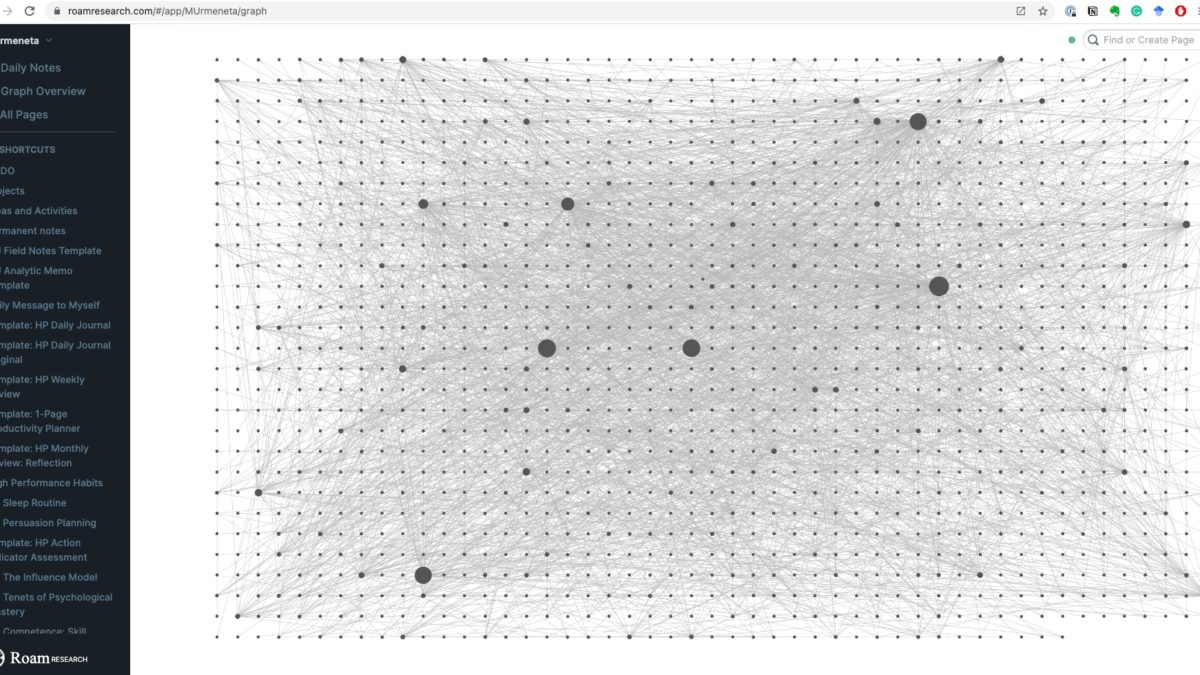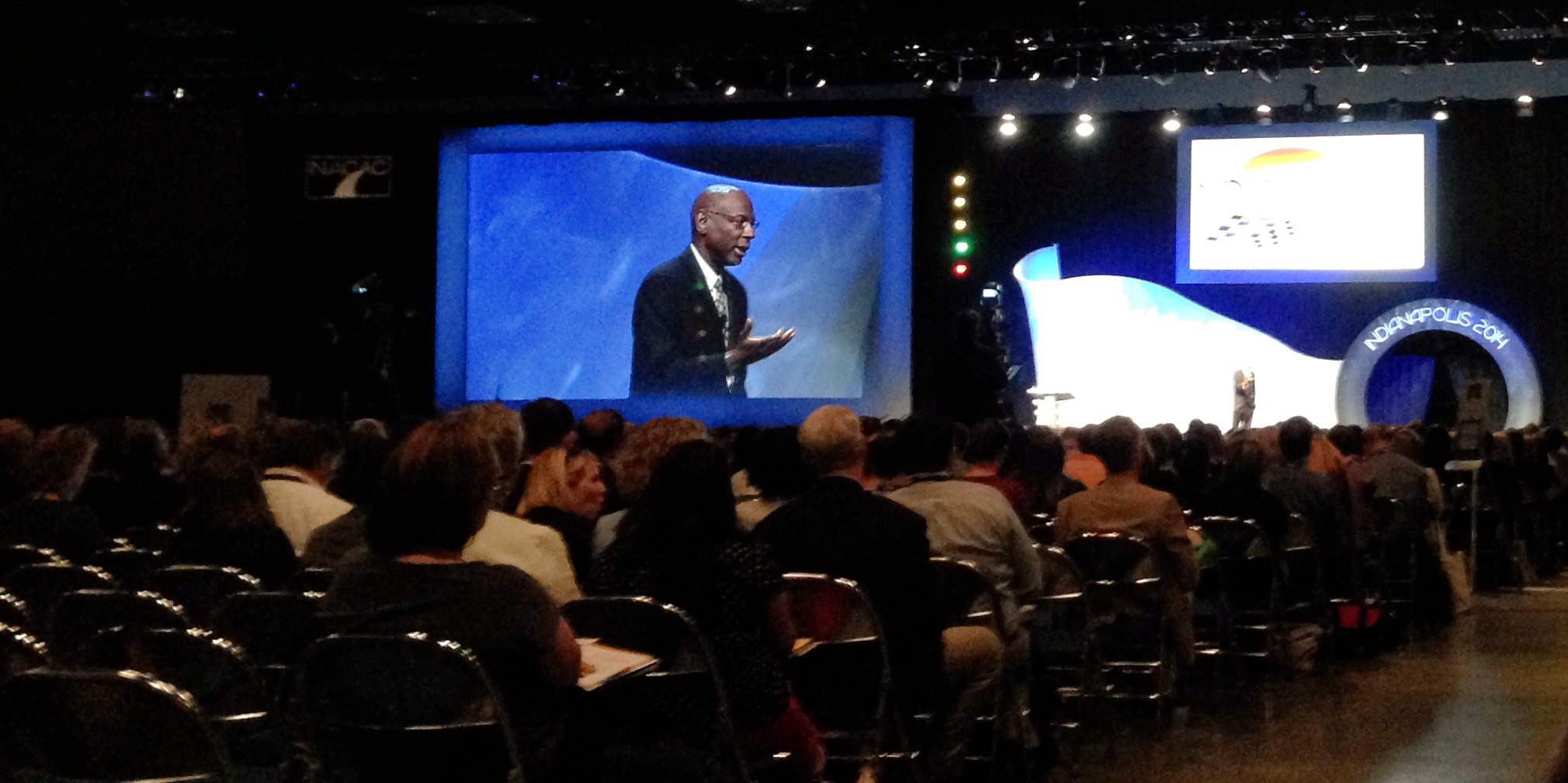The cost of attending college has been a major concern for the last several decades now. Every year, tuition has continued to rise unabated, far outpacing the rate of inflation. During that time, the sticker price of our institutions has become much greater than most students are willing or able to pay. Cost remains a significant barrier to educational access in the United States (Kelchen, Goldrick-Rab, & Hosch, 2017). The divide between the haves and the have-nots continues to widen.
Tuition discounting is the practice of offering scholarships and grants to offset the sticker price of attending colleges and universities. The fact that the average discount rate is 50% across the country (Caskey, 2018) indicates how widespread the practice is. This means that in general, students are only paying half of a school’s advertised price.
Offering discounts in the form of scholarships and grants allow schools to attract qualified applicants that may have opted to go elsewhere, thereby increasing enrollment numbers and educational access In addition, tuition discounting is a way for institutions to help increase overall revenue. Ideally, this should be a win for all involved. In practice, the situation is not so simple.
Benefits of Tuition Discounting
Caskey (2018) identified three benefits to tuition discounting: (a) to serve students who cannot afford the costs of college, (b) to attract high-quality students who would not have enrolled otherwise, and (c) to offset low enrollment. Additionally, Jalal & Khaksari (2019) identified that tuition discounting: (a) enhanced budgetary surpluses, (b) increased admission yield, and (c) reduced drop-out rates.
Discounting allows schools to broaden their reach. The overall supply of traditional college-age students has decreased in certain parts of the country. This adds increased pressure for institutions looking for qualified students. Price is oftentimes the determining factor. Through the application of financial aid in the form of scholarships and grants, colleges can make themselves more attractive to prospective students by making the institution look affordable despite high sticker prices.
Merit-based scholarships allow for colleges to compete for academically gifted students who have the option to enroll elsewhere (Rine, 2019). The increased quality of students then benefits the institution in national rankings which in turn increases the prestige and desirability. The high sticker price also gives the impression of prestige, while high scholarships give families of students something to brag about. In addition, need-based grants additionally give students and their families the impression that they are getting a “good deal” (Rine, 2019) which further incentivizes families to enroll.
Private institutions that are tuition-dependent may use tuition discounting as a tool to increase overall institutional revenue. However, colleges cannot afford to discount too heavily. This requires the strategic deployment of financial aid funds. Companies like Ruffalo Noel Levitz, Maguire and Associates, and EAB Hardwick Day offer financial aid leveraging models to enrollment services offices that seek to maximize (a) student quantity, (b) student quality, and (c) overall institutional revenue.
Limitations of Tuition Discounting
One of the limitations of tuition discounting is that it promotes the artificial inflation of college pricing (Rine, 2019). We are already seeing the effects of this as educational quality and return on investment are being called into question in the public sphere. Additionally, once this happens, the cost of providing education becomes detached from the price a student pays. Instead, education just becomes another good or a service that can be gotten by the best deal. Private colleges that are not subsidized by government funding or have large endowments can find themselves in a precarious financial position as they seek to compete on price alone.
Over time, tuition discounting has forced institutions to compete on the basis of price as opposed to quality of educational services (Martin, 2004). Rine (2019) goes on to explain that price can start to overshadow considerations of outcomes, personal growth, employment, and further educational attainment. This commoditization of education changes the way students choose their colleges and it can reduce the promise of education as a public good.
Furthermore, price competition alone will not cure all institutional ills. Tuition-dependent institutions will not be able to sustain this for the long haul. As these schools offer more merit-based aid, we start to come to the situation where certain students will effectively start to subsidize other students. Another downside to the high price, high aid model is that it is not sustainable for tuition-dependent institutions as it begins to tap into operating revenue. Eventually, students will realize that they are paying high prices for effectively lower levels of service and will seek education elsewhere. This can create resentment among current students that can have a negative ripple effect throughout the institution.
Finally, many students may cite financial reasons for not attending institutions. The initial sticker shock may actually turn away the very students that colleges and universities are trying to attract. Part of the problem of rolling out a high-price, high-aid model is students who only see the high price. Some may unaware of the high aid or discouraged altogether to apply to opt for lower price models up-front.
Conclusion
The cost of higher education will continue to be a major concern for families that are just struggling to keep afloat. If done incorrectly, the high-price, high-aid model (Rine, 2019) of tuition discounting can seem like accounting sleight of hand to stroke the egos of students and their parents.
It does appear though that prestige is associated with the cost is one reason why schools appear to have little incentive to reduce sticker price (Caskey, 2018; Rine, 2019). It is the perpetuation of the idea that expensive things have more inherent value. When we couple the ego boost that a large scholarship provides (Caskey, 2018), it is difficult to disentangle from tuition discounting completely.
As much as I don’t think there is an easy answer to this, I also don’t think we can maintain this situation for much longer. Institutions must be careful not to sacrifice the institutional mission or the student’s educational experience for the sake of additional revenue.
References
Caskey, J. P. (2018). Tuition discounting in liberal arts colleges. Change: The Magazine of Higher Learning, 50(6), 52–58. https://doi.org/10.1080/00091383.2018.1540830
Jalal, A., & Khaksari, S. (2019). Effects of tuition discounting on university’s financial performance. Review of Quantitative Finance and Accounting, 52(2), 439-466.
Kelchen, R., Goldrick-Rab, S., & Hosch, B. (2017). The costs of college attendance: Examining variation and consistency in institutional living cost allowances. Journal of Higher Education, 88(6), 947–971. https://doi.org/10.1080/00221546.2016.1272092
Martin, R. E. (2004). Tuition discounting without tears. Economics of Education Review, 23(2), 177–189. https://doi.org/10.1016/j.econedurev.2003.08.001
Rine, P. J. (2019). The discounting dilemma: Institutional benefits, unintended consequences, and principles for reform. Christian Higher Education, 18(1–2), 16–23. https://doi.org/10.1080/15363759.2018.1543242









 rel=”nofollow” /a>
rel=”nofollow” /a>